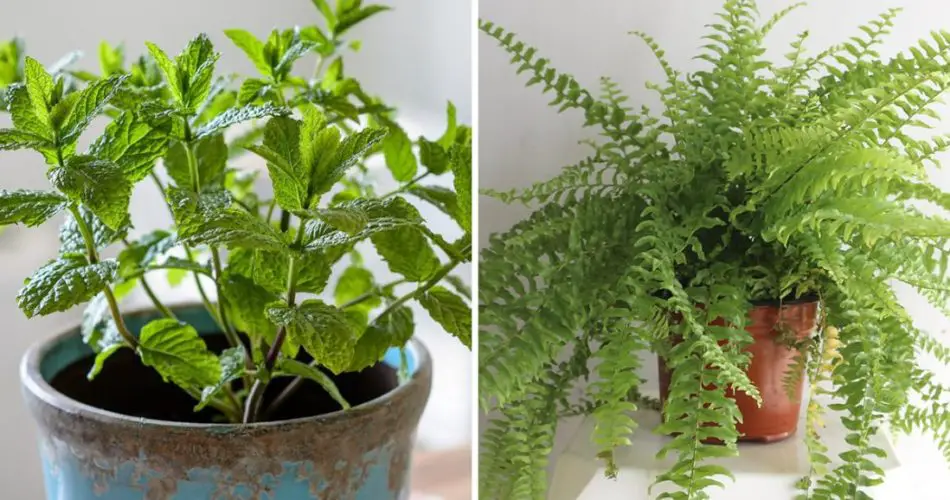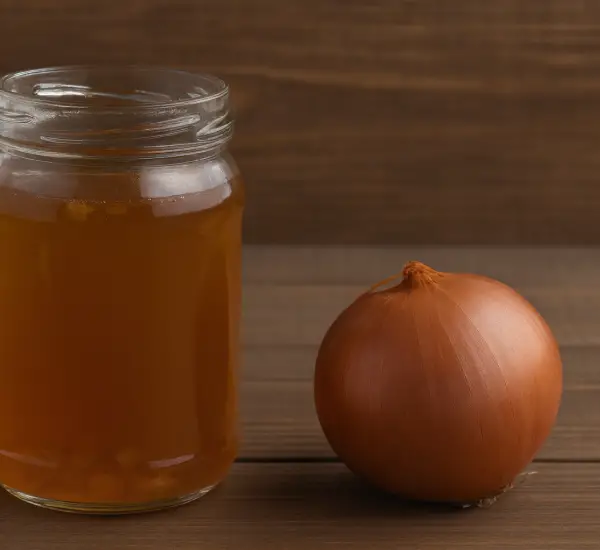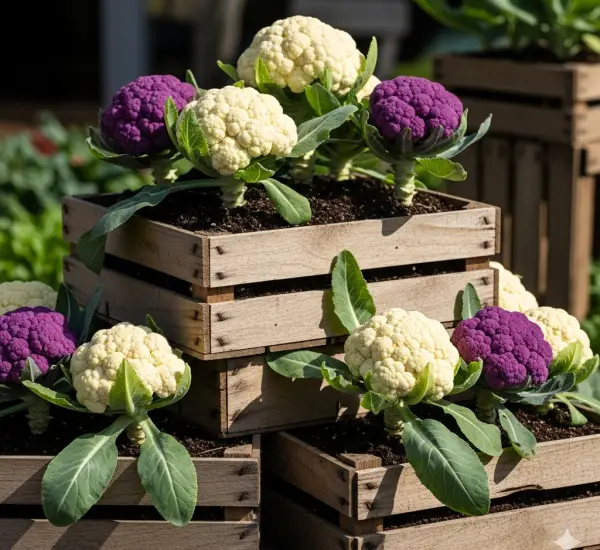Excessive humidity leading to mold growth on home walls is a common and potentially costly issue. Mold is not just unsightly; it can also pose health risks, with symptoms ranging from mild eye irritation to nasal congestion. Fortunately, there are solutions to prevent and mitigate indoor humidity, and one effective method involves incorporating plants that absorb moisture through their leaves. Here are ten plants with humidity-absorbing properties:
- Mint
- Known for its aromatic leaves, mint thrives in humid environments, making it ideal for kitchens or bathrooms.
- It grows throughout the year and is a versatile addition to both culinary dishes and herbal teas.
- Orchids
- Orchids can reduce indoor humidity by absorbing water from the air through their unique root structures.
- Some varieties feature pseudobulbs that store water, aiding their survival during dry periods. Orchids are well-suited for bathrooms.
- Dracaena Massangeana (Corn Plant)
- Producing fragrant white flowers, the Corn Plant is renowned for purifying indoor air and absorbing excess humidity.
- Its tall stature adds an elegant touch to indoor spaces.
- Palms
- Palms, such as Areca, Bamboo, or Date Palm, are excellent choices for controlling humidity levels, especially in bathrooms.
- They absorb moisture through their leaves, contributing to a healthier indoor environment.
- English Ivy
- A low-maintenance climbing plant, English Ivy thrives in humid and temperate conditions.
- Suitable for hanging near sinks, in kitchens, or close to windows, it helps combat excess moisture.
- Snake Plant (Sansevieria)
- Highly effective at absorbing humidity, the Snake Plant also filters toxins like formaldehyde and xylene from indoor air.
- It thrives in indirect light and can withstand periods of drought, requiring increased watering during summer.
- Peace Lily (Spathiphyllum)
- A tropical plant that dislikes frost and drafts, making it an excellent indoor choice.
- Watering once a week is sufficient, making it suitable for less illuminated bathrooms or kitchens.
- Tillandsia (Air Plant)
- An epiphytic plant, Tillandsia absorbs moisture from the air since it doesn’t root in soil.
- Native to rainy areas, its leaves quickly absorb water that accumulates on them.
- Boston Fern
- A well-known and appreciated indoor plant, often grown in hanging pots.
- Flourishing in humid and shaded areas, it requires indirect light.
- Calathea
- Belonging to a decorative plant family, Calathea species thrive in high humidity environments.
- These plants, with their intricate patterns, mimic their natural habitats and need ample moisture.
Adding these plants to your indoor spaces not only enhances aesthetics but also contributes to maintaining optimal humidity levels, preventing the growth of mold on walls.
Show Comments



